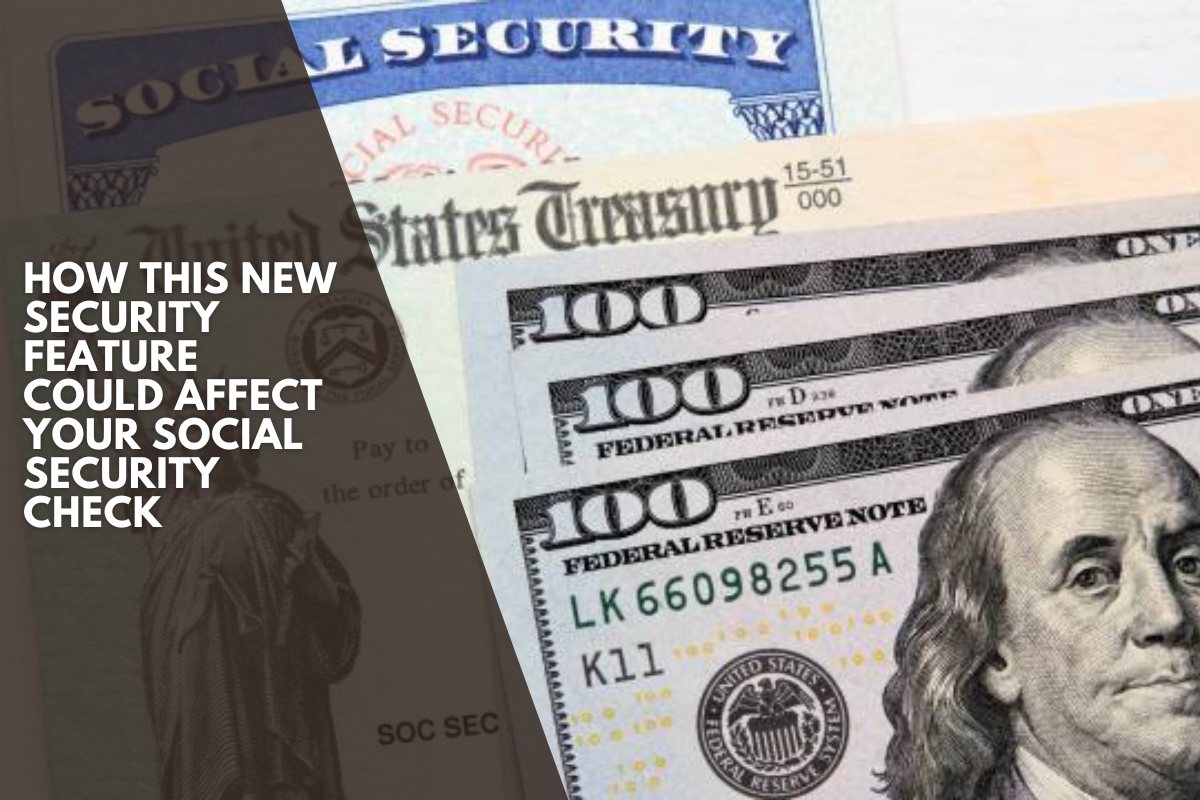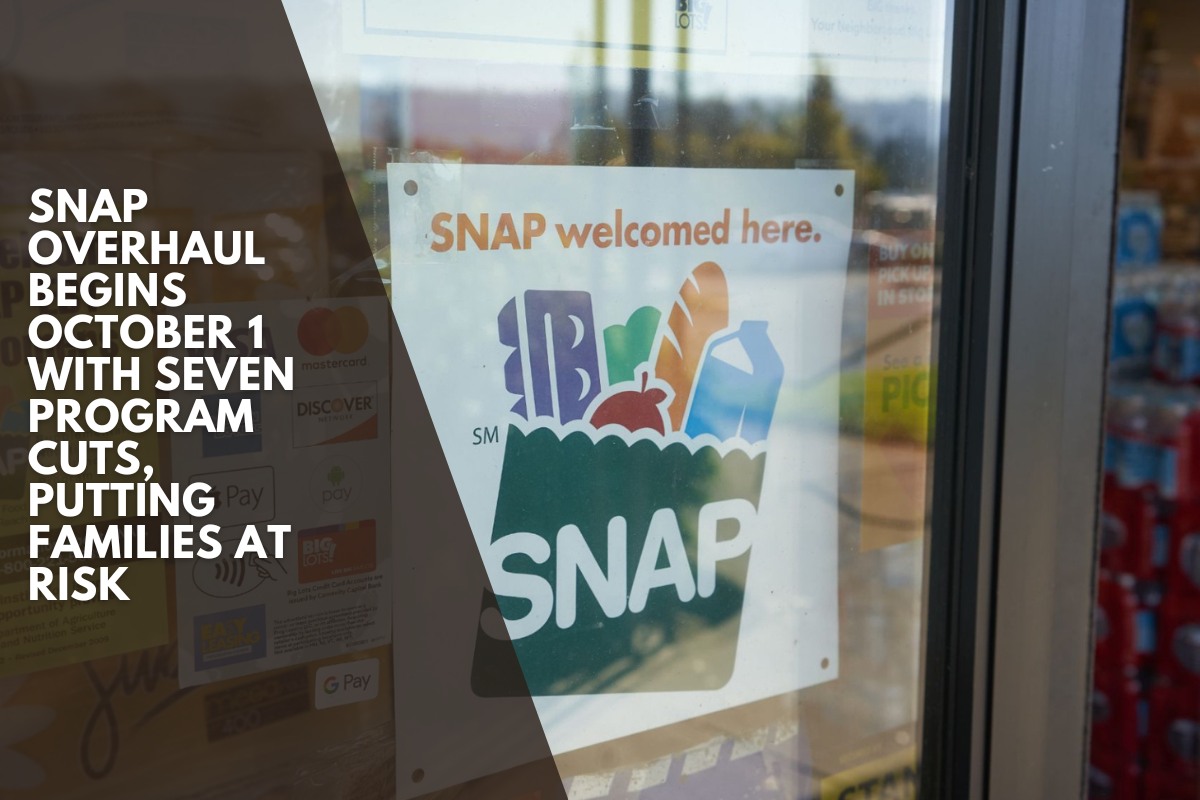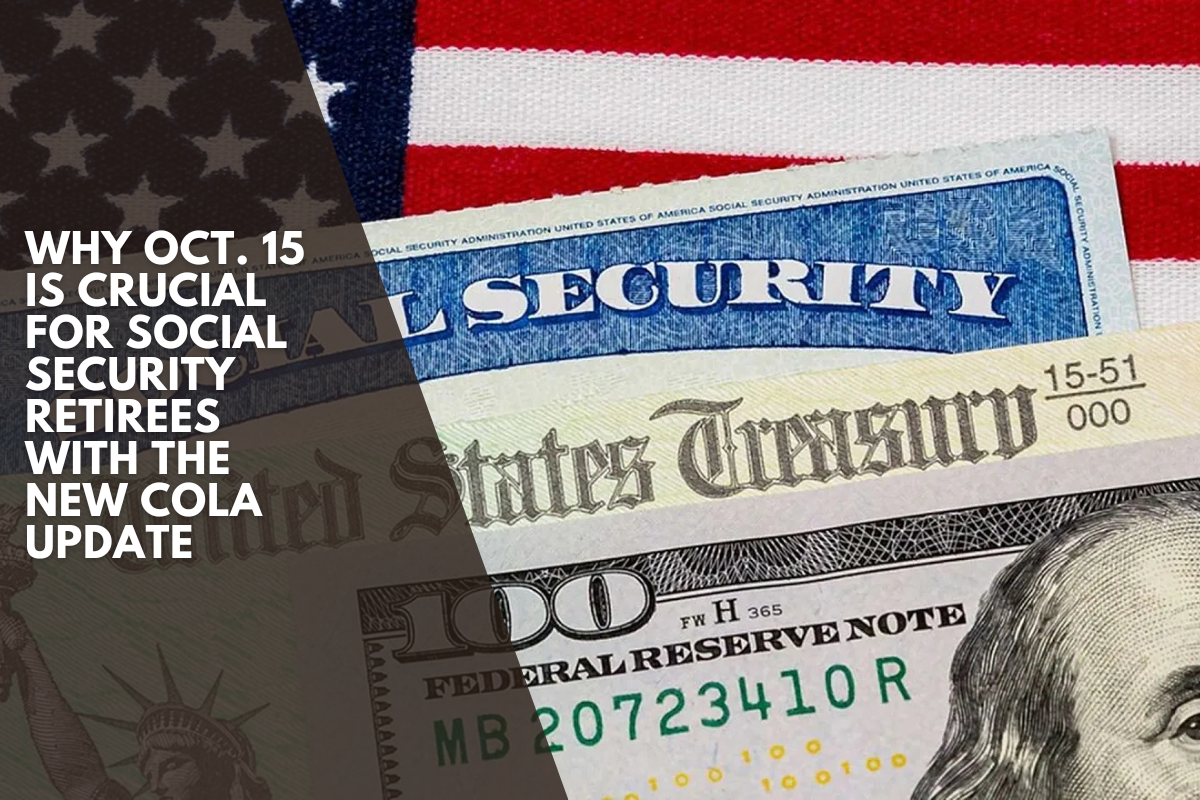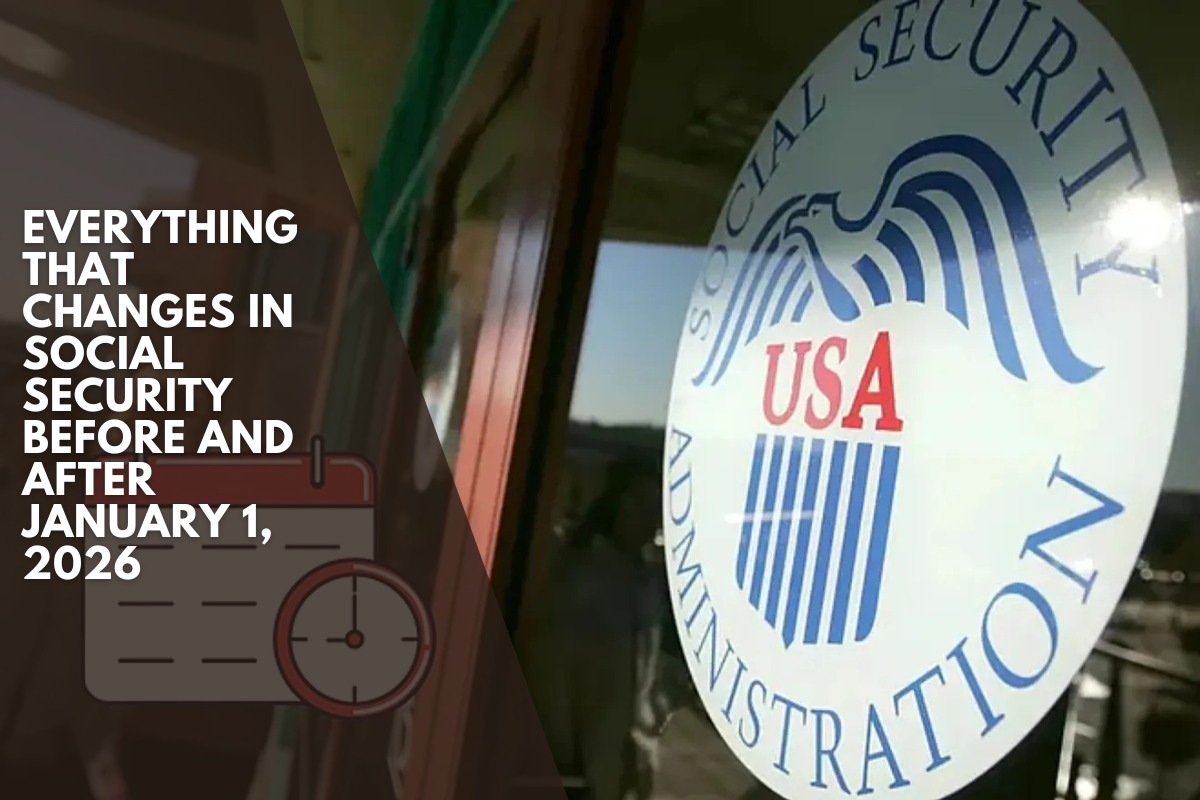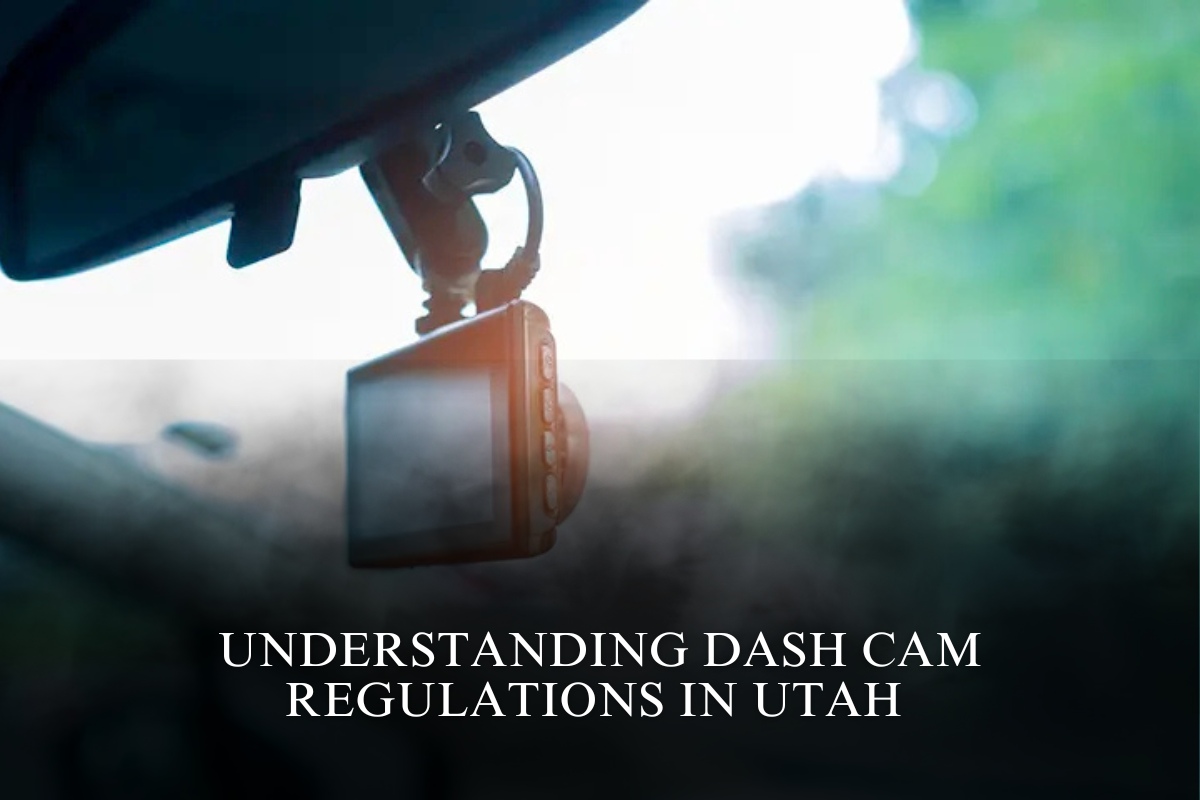As part of its efforts to combat fraud and wasteful spending, the Social Security Administration (SSA) recently announced new security measures for beneficiaries seeking benefits.
Similar to multi-factor authentication, which requires you to enter a one-time passcode received from another device, the new SSA process would involve entering a PIN to gain access to essential services — and an office visit for those who couldn’t complete it.
Needless to say, this could have caused a slew of logistical issues, both for the SSA and for beneficiaries. As a result, the government announced a significant change to the plan ahead of its implementation in mid-August. Here’s the current state of the new SSA security feature and how it may affect you and your benefits.
New SSA Security Feature
The SSA has implemented a new PIN code system for individuals with a mySocialSecurity account on file with the agency. The feature, formally known as a Security Authentication PIN (SAP), is intended to improve security and reduce incidents of identity theft. According to the SSA, the new system provides three primary benefits:
Faster Service: The SSA estimates that using the SAP will cut approximately three minutes off the typical interaction with a Social Security representative, as it allows for more rapid identity confirmation. That translates to a 30% reduction in the current average call length.
Enhanced Security: The primary function of the SAP is to provide an additional layer of security. With incidences of identity and benefit theft on the rise in the Social Security program, the SAP introduces one extra step into the equation to deter potential criminal activity.
Convenience: The SAP was designed to seamlessly integrate into your existing mySocialSecurity account, making it a convenient option for identity verification.
How It Operates
The SAP feature integrates with the mySocialSecurity online account. If you need to call the SSA’s national 800 number, use your PIN code to quickly verify your identity.
While the plan was simple in theory, it sparked a lot of controversy when it was first implemented. According to Newsweek, under the system’s parameters, millions of Social Security recipients would have been required to visit a Social Security office to enroll and/or verify their SAP.
This could have been a disaster because many Social Security recipients are disabled or live in rural areas, far from any Social Security offices – not to mention that millions of participants would have flooded understaffed offices, further slowing the system.
The Solution? Participants Do Not Have To Opt In
Whether it’s a strategic shift or simply a clarification of policy, the US government now emphasizes that using a SAP is completely optional.
According to the SSA, if you do not have a mySocialSecurity account and/or do not want to participate in the SAP program, your identity will be verified as it is currently.
When the SAP program was first implemented, the SSA intended to completely eliminate on-phone verification. However, because the SAP is no longer required, phone verification will remain available, according to the SSA.
It’s unclear whether this will change in the future. However, if you do not have a personal PIN, expect your service time to be longer than if you do, as the SSA will have to use other identity verification methods.
As a result, you might want to get ahead of the game and participate in the optional SAP program anyway. This way, even if the SSA changes its policy in the future, you’ll be ahead of the curve when it comes to account verification and access.
